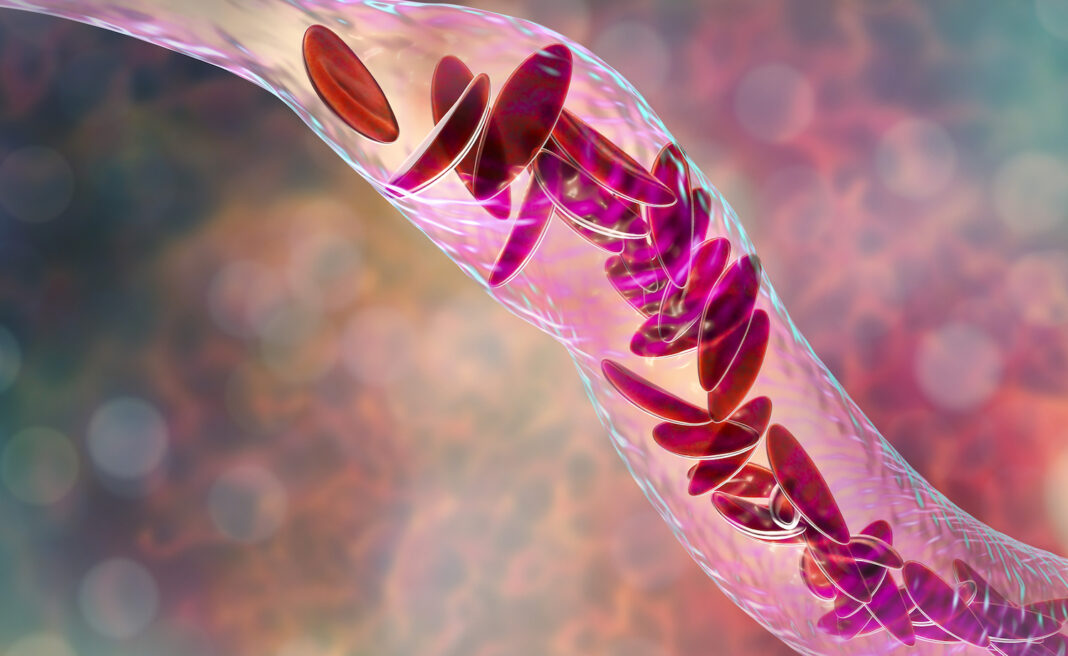What a difference a year makes.
Almost 12 months ago, the hopes of Stanford University physician-scientist Matthew Porteus, MD, PhD, to implement a genome editing therapy for sickle cell disease (SCD) seemed all but lost. On January 5, 2023, the company he co-founded, Graphite Bio, reported an adverse event—prolonged low blood cell counts (pancytopenia) requiring ongoing transfusion and growth factor support—in its first dosed SCD patient.
While the event did not meet the requirements to halt the study, the company voluntarily suspended the nula-cel (nulabeglogene autogedtemcel) trial. Graphite subsequently wrote off the SCD therapy, cut most of its staff, and, on November 15, 2023, announced its reverse merger with LENZ Therapeutics, a biotech developing therapies for eye diseases.
But Porteus refused to abandon his patient—a 23-year-old African American woman—or the promise of nula-cel. On the heels of the FDA’s historic approval of Vertex Pharmaceuticals’ Casgevy, the first CRISPR-based cell therapy, Porteus is back with a new company fittingly named Kamau Therapeutics—Kamau means “quiet warrior” in the Kikuyu language native to Kenya.
Moreover, the company is releasing follow-up data on that first patient, supporting a safe and effective result for the autologous CRISPR-edited hematopoietic stem cell therapy. The data, presented at the American Society of Hematology (ASH) Annual Meeting and Exposition 2023 in San Diego, reveals some key information previously kept under wraps.
First, we have more clarity on the “significant adverse event” that derailed Graphite’s plans. The abstract for ASH from Porteus and coworkers stated that the patient experienced hypocellular marrow and a lack of platelet recovery, necessitating platelet and red blood cell transfusions. They also began to treat the patient with eltrombopag, a bone marrow stimulant used to treat thrombocytopenia and aplastic anemia. And that might be critical.
As eltrombopag usage was not part of the trial protocol, its use prompted the reporting of a “significant adverse event,” but the trial was never put on FDA hold. This strategy helped get the patient on the road back to recovery, as the last platelet and red blood cell transfusions were done 140 days and 263 days into the trial. With rising platelet counts as well as hemoglobin levels, eltrombopag was discontinued 11 months after the therapy.
Second, the poster stated that the “patient shows a unique hemoglobin profile compared to all other gene edited/gene therapies” for SCD with fetal hemoglobin (HbF) levels greater than 78% and sickle hemoglobin levels less than 5% without transfusion. This result is puzzling because KMAU-001 (formerly nula-cel) fixes the SCD point mutation in the beta-globin gene to bring back adult hemoglobin (HbA) expression. In the ASH poster, the Kamau team stated, “The high [HbF] is an unexpected but potentially effective mechanism of action for the clinical benefit and is being further studied.”
The increase in HbF is the desired consequence of the Casgevy approach, which uses CRISPR-Cas9 to target BCL11A, a key transcriptional repressor of HbF expression.
A fresh lens
The release of these fresh clinical data coincides with the emergence of Porteus’ new company, which gained public attention on the same day last week as the Casgevy approval. After inking the deal with Lenz, Graphite Bio divested its gene editing pipeline, including nula-cel, to Kamau. Under the terms of the agreement, Kamau received an option to acquire all genome editing assets, including a platform technology that integrates precision DNA repair using homology directed repair (HDR) and CRISPR-Cas9.
The ASH poster noted that the group is focused on cell therapy manufacturing improvements, namely to reduce stress-induced when the need for new blood and immune cells exceeds their steady-state production (stress hematopoiesis). These improvements include the addition of an HDR booster, refined culturing conditions, and a shortened duration of manufacturing, which they claim results in improved cell yields and cell quality and will be used to manufacture KMAU-001 for future patients. The long-term follow-up protocol has been submitted to the FDA.
If anything, it appears that Porteus and his team, like a group of miners trapped in a cave looking through a tiny peephole of light, have braved a dire situation and didn’t give up.
To dig out of this hole, Porteus brought along several former Graphite Bio members, notably scientific advisory board member and fellow Stanford professor Maria Grazia Roncarolo, MD, as a co-founder. Roncarolo led the first stem cell-based gene therapy trial for patients with adenosine deaminase-severe combined immunodeficiency, which led to the European Commission’s approval. The therapy was licensed to GlaxoSmithKline and is marketed as Strimvelis, making it the first commercially approved ex vivo gene therapy in Europe. In addition to Roncarolo, Graphite’s CSO Jane Grogan, PhD, and CTO Jerry Cacia will serve as strategic advisors to Kamau.
The team at Kamau stated that they are implementing improvements in cell manufacturing to shorten the duration of transfusion needs and increase the level of gene correction of engrafted cells. And they’re gearing up to get the show on the road again, as they have plans in place to treat the next patients with an improved nula-cel product.
However, KMAU-001 and Porteus are still very much at the starting line and, as last week’s events indicate, now lag several years behind the leaders in the SCD gene therapy field. And important questions remain regarding the first patient. While her quality of life has improved, and she has not experienced any pain crises since her therapy (having reported about five vaso-occlusive episodes (VOEs) a year before joining the study), she has “not reached a steady state” yet.
Nevertheless, Porteus is back in action, and hopefully, SCD patients will benefit from Kamau’s commitment to persevere with another therapeutic approach in the field of CRISPR-based genetic medicines.


